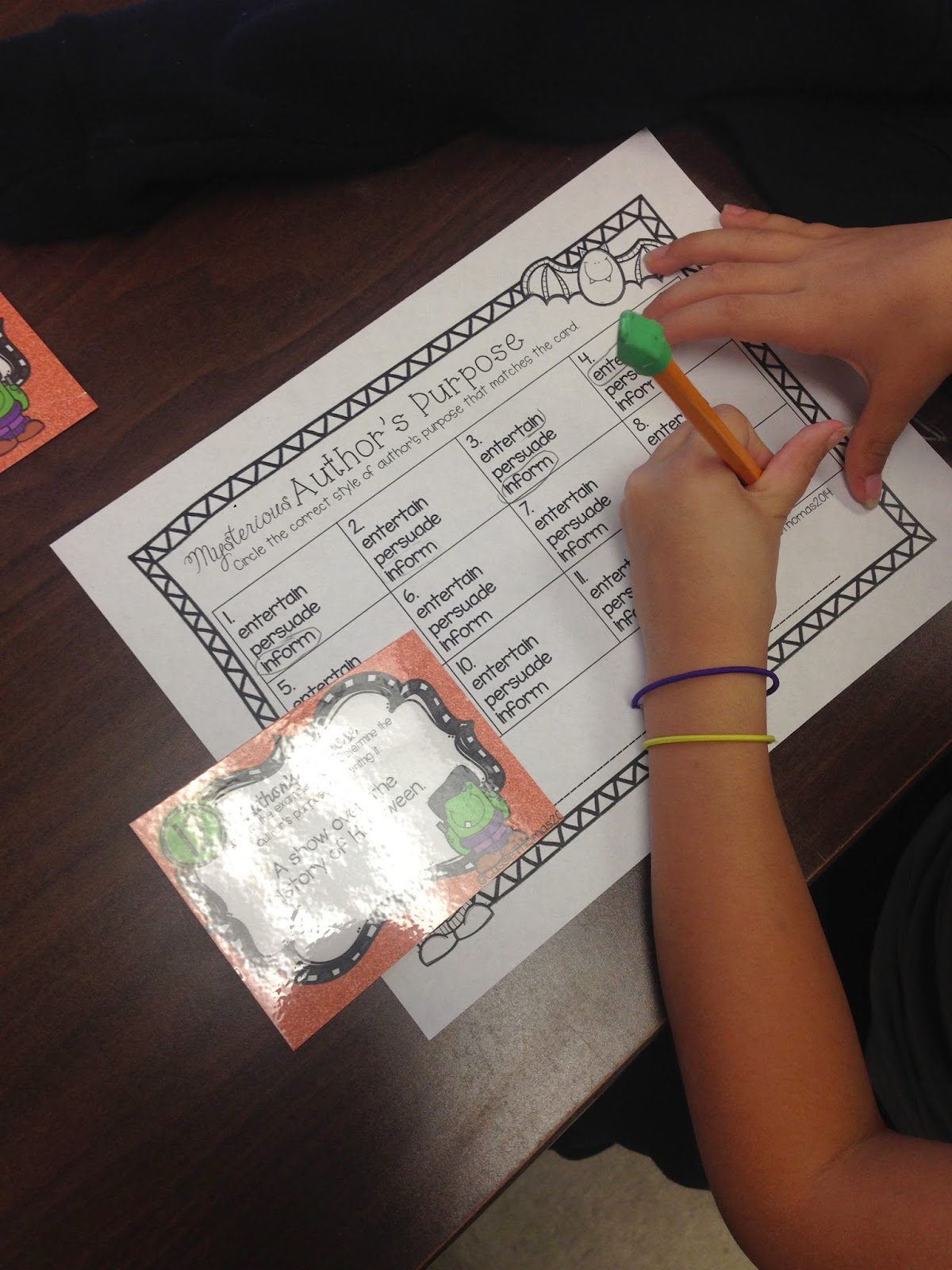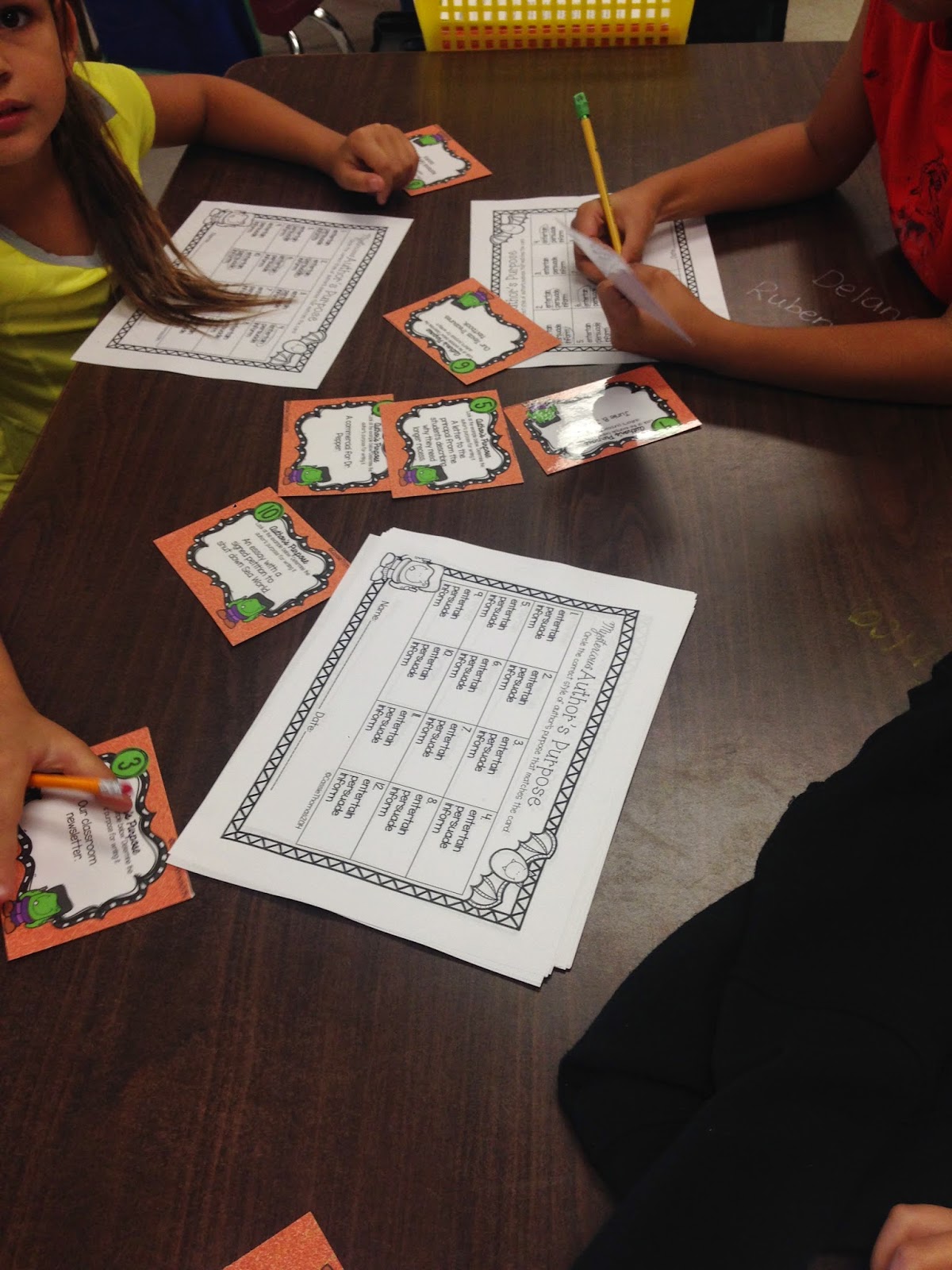Hey y'all! Cassie here from Mrs. Thomas's Class !
I am just so beyond excited to finally have my day come where I get to share with you all and provide a couple freebies and ideas for your classroom! The Primary Pack girls and I are so excited!
I'm going to start today with showing you how exactly I implement task cards in my classroom as well as the set up of my stations (centers) whatever you want to call them :) (We technically can't call them centers in 3rd grade, so, they're stations here)
I have this nice little handy whiteboard that I use to keep track of who goes where and am able to move them easily when they progress up reading levels. It's such a blessing to have something that I can erase easily and the kids can understand. At first it was definitely super confusing to them, but we had to figure out how to read a crazy graph first ;)
This is the set up of my word work stations. As you can see on my graph of stations beside each group they have a letter, R - G - B, that stands for red, green or blue. Those are the colors of the buckets for word work.
In my red bucket are BELOW level activities, in the GREEN bucket are ON LEVEL and some ABOVE, blue buckets hold ALL ABOVE level activities.
Then in the clear buckets hold all of my materials. Okay okay, so I haven't gotten THAT organized yet, don't judge me ;) I need to bring in more materials from my lovely kindergarten extra spare bedroom in my home. My husband just loves it ! :)
NOW on to my favorite thing EVER!
TASK CARDS!
I swear, I buy task cards off TPT, I make task cards off TPT, I find some on random websites. Really, anywhere I can find them, I get them. I love how different everyone can make task cards. What I also love is how quickly my kids pick something up by using task cards.


(This is how I store them! Gallon ziploc bags. The kids know to get them and read the direction card and immediately start working)
My second favorite thing is to incorporate the season, holidays, theme, etc into my task cards. So with Halloween, I go crazy. I am all things obsessed with the months of October-January. These holidays are my favorite!
So with that being said, I make task cards that are decorated for whatever is coming up! This week we worked on all Halloween themed activities. Kids LOVE LOVE LOVED them. So win-win. They're super engaged and they're learning. Who can beat that right?
Now, a lot of times to reteach a lesson, I use task cards. Then I walk around and confer with each child at their tables. I love this because it shows me what they really aren't understanding. If they're still having trouble I know to pull them during interventions and work with them individually. Perfect! Just in a couple months I have kids who were on Tier 3 in iStation and have moved up to Tier 1! I love it.
Here is a FREEBIE for you lovely friends of mine for task cards. I know tomorrow is Halloween, but hopefully you can print them and use them for fun during the season. I'll attach a page also of some that aren't seasonal!
Thanks for visiting y'all! You can find me on my facebook page HERE, my instagram HERE, or my blog HERE!
















































